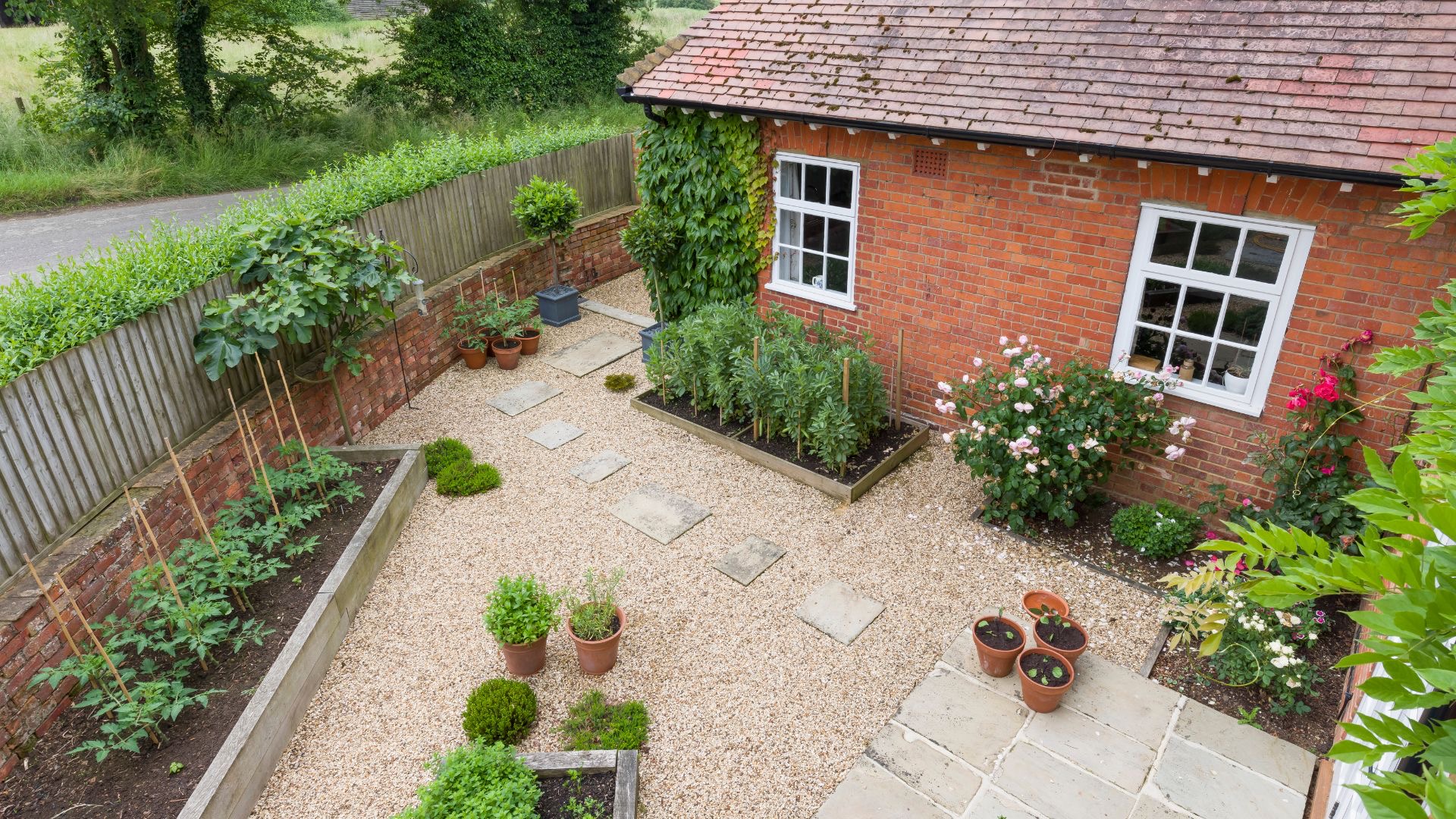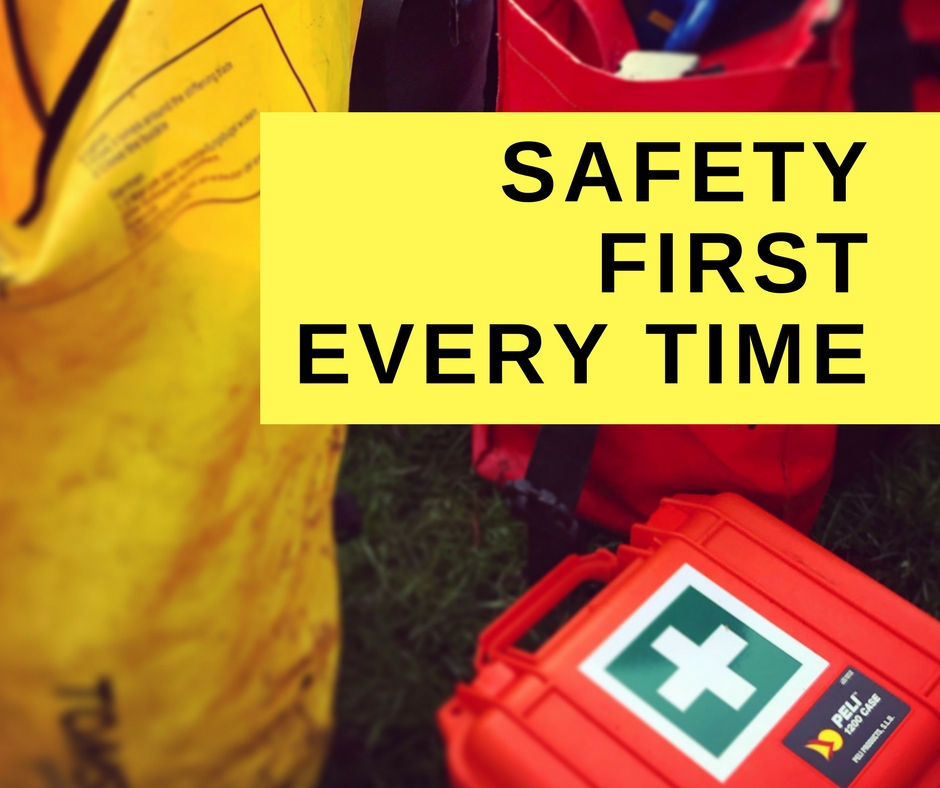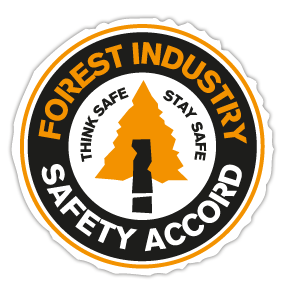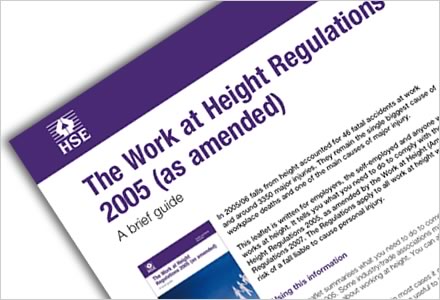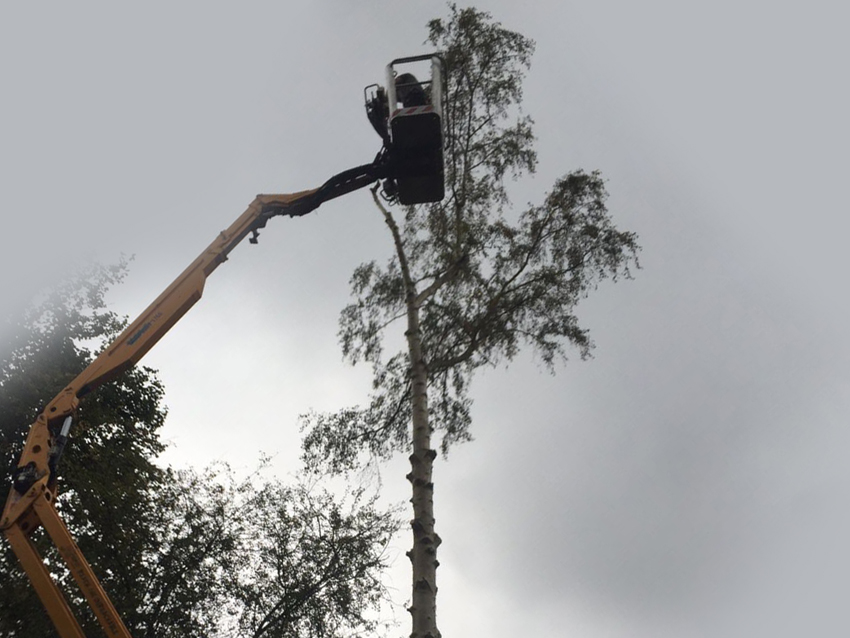Do you know the difference between the popular tree surgeon terms arborist and arboriculturist? They get used interchangeably however, many are unsure on the difference between the two.
There are several important distinctions between these two professions. In this article, we’ll talk through what the differences are – and when each professional might be called upon to assist people.
What is the Difference Between an Arborist and an Arboriculturist?
Let’s give a straightforward answer to start off with. An arborist is a professional who specialises in the care and maintenance of trees, while an arboriculturalist focuses on the science and study of trees and their ecosystems.
Obviously, the nature of these two jobs means that, in instances of tree care, both professions might be involved in some capacity, but it is important to know that they are distinctive jobs and offer different expertise.
Why is it important to know the difference?
Understanding the differences between arborists and arboriculturalists will help anyone who needs to make more informed decisions when it comes to tree care and managing their gardens or landscapes.
Arborists are skilled professionals trained in the practical aspects of tree care. Typically, they will manage the health and aesthetics of trees through activities like pruning, trimming, cabling, planting, and removal – as well as other activities.
Arborists are commonly regarded as tree surgeons. In this capacity, they are also often called upon to help at recognising tree diseases, pests, and environmental factors that might affect tree health.
On the other hand, arboriculturalists are more involved in the academic and scientific study of trees.
They will almost always have formal education in forestry, horticulture, plant biology, or a related field, and they are more likely to be involved in conducting research on tree biology, ecology, and the place of trees in the environment.
While arborists will usually work for a tree care business – such as tree care services or landscaping companies – arboriculturalists are more likely to be found working in academic or research institutions. They might also be hired by governmental organisations, or take on consulting roles where their analysis might help with more complex tree management strategies.
What Else Do I Need to Know About the Differences Between Arborist and Arboriculturalist?
If you’re still unsure about the differences, here’s a quick look at some of the tasks performed by each professional.
An arborist will be involved in:
- Tree Pruning and Trimming: Ensuring trees are healthy and safe by removing dead or diseased branches.
- Tree Planting: Making informed choices about species selection, soil conditions, and planting techniques so that trees will thrive. (Typically, these choices will be in consultation with a private client or the arborist’s service provider).
- Disease Diagnosis: Spotting issues affecting trees and recommending treatments or management strategies. (They will also identify pests).
- Emergency Tree Services: Responding to storm damage, tree intrusions, or hazardous situations involving trees. (Arborists tend to do most of their work on short notice during call-outs from clients in need!)
As you can see, arborists tend to be involved with more practical matters. Due to this, they often possess more hands-on experience and knowledge about specific tree species and care requirements.
Contrastingly, an arboriculturalist will be involved in:
- R & D: Conducting studies designed to gain a better understanding of tree genetics, physiology, and trees in a given environment. (Often, this will be part of an academic study).
- Environmental Impact Assessments: Evaluating how tree planting or removal may affect local ecosystems and biodiversity. (This particular aspect is in contrast to an Arborist’s profession, which typically sees them dealing with trees in the immediate context, rather than evaluating them in their wider environment).
- Advising Official Bodies: Offering informed opinions and providing data and analysis to municipalities, developers, and private landowners regarding tree preservation.
So, it’s worth noting that arboriculturalists engage in long-term planning and sustainable practices when it comes to tree care.
When to Call an Arborist vs. When to Call an Arboriculturalist?
We hope by now we’ve made the picture clearer on when you might need an arborist and when you should consult an arboriculturalist.
Let’s look at a few examples. If the branches on that proud oak tree in your back garden have fallen off during a storm and are now dangerously close to electrical equipment near your neighbours fence – you’ll probably need to call an arborist to look at it.
However, if you’re a local councillor assessing environmental factors before making a decision on whether new properties should be built on a green area, you might want to consult an arboriculturalist for their expert advice!
Whatever your needs are, you can rest assured that most people in the tree care business are extremely professional, very well-qualified, and passionate about the work they do (it sort of comes with the territory of doing this type of job!).
If you want to learn more about tree care, reach out to the team at About Trees.

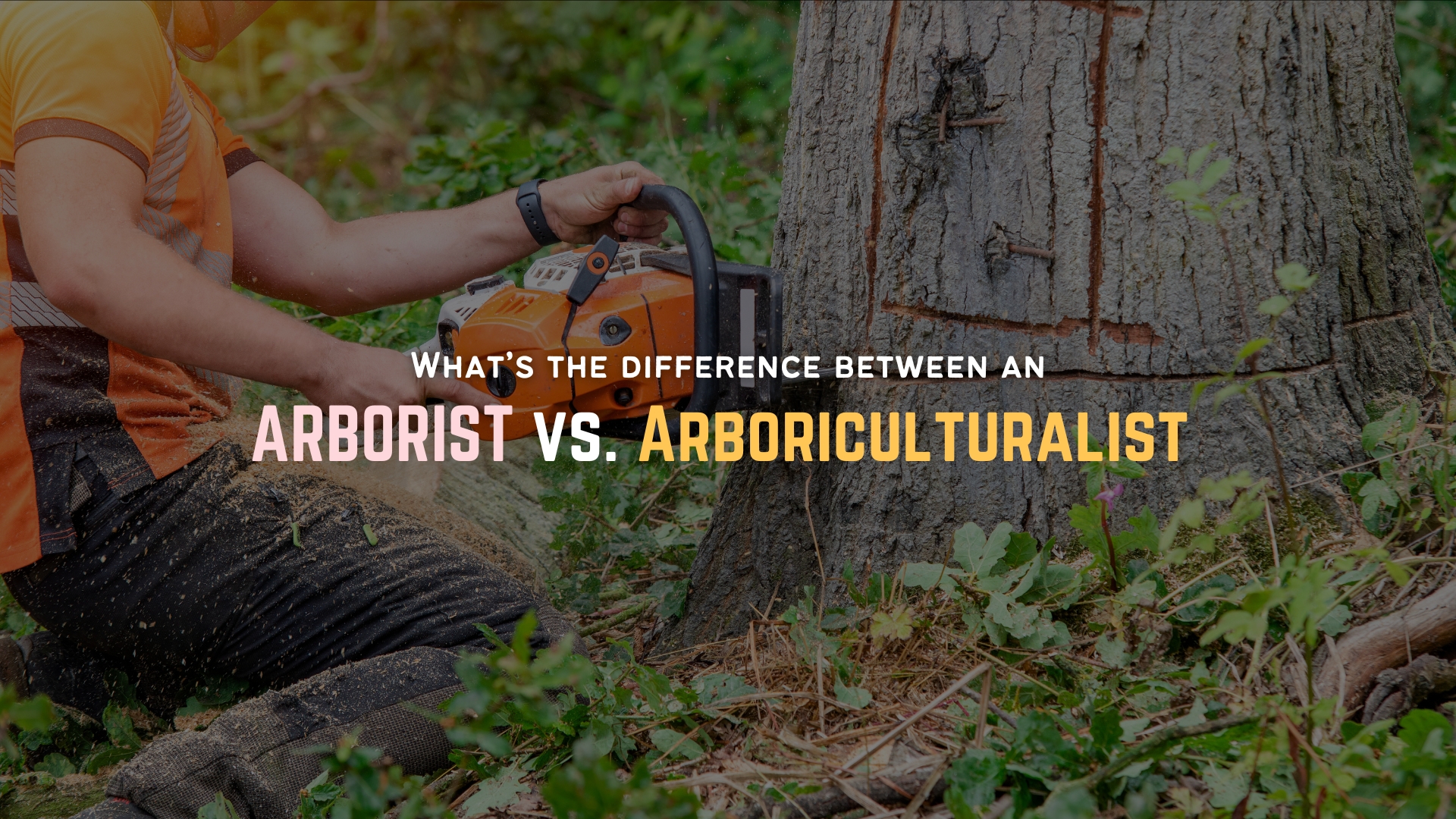

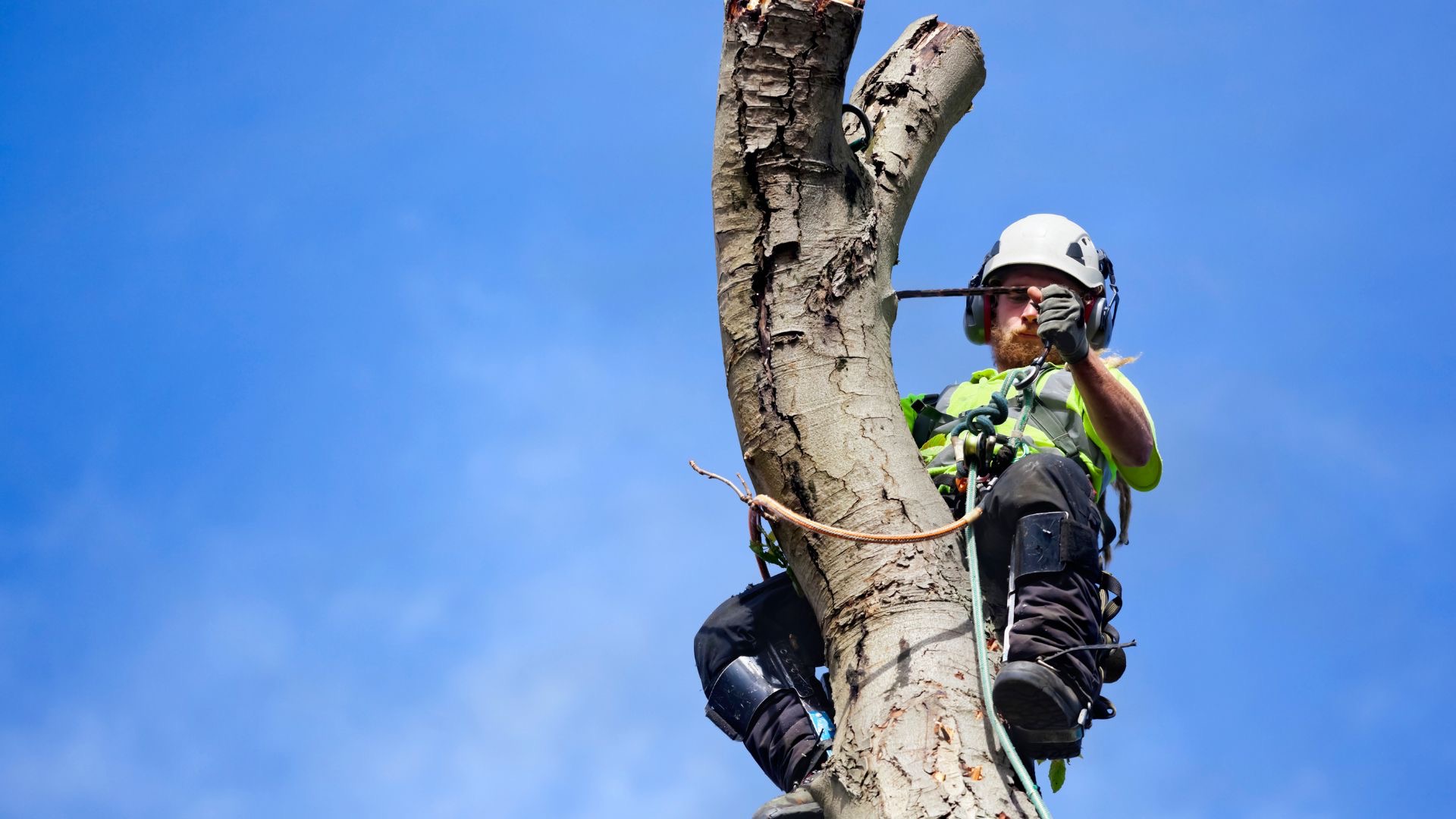
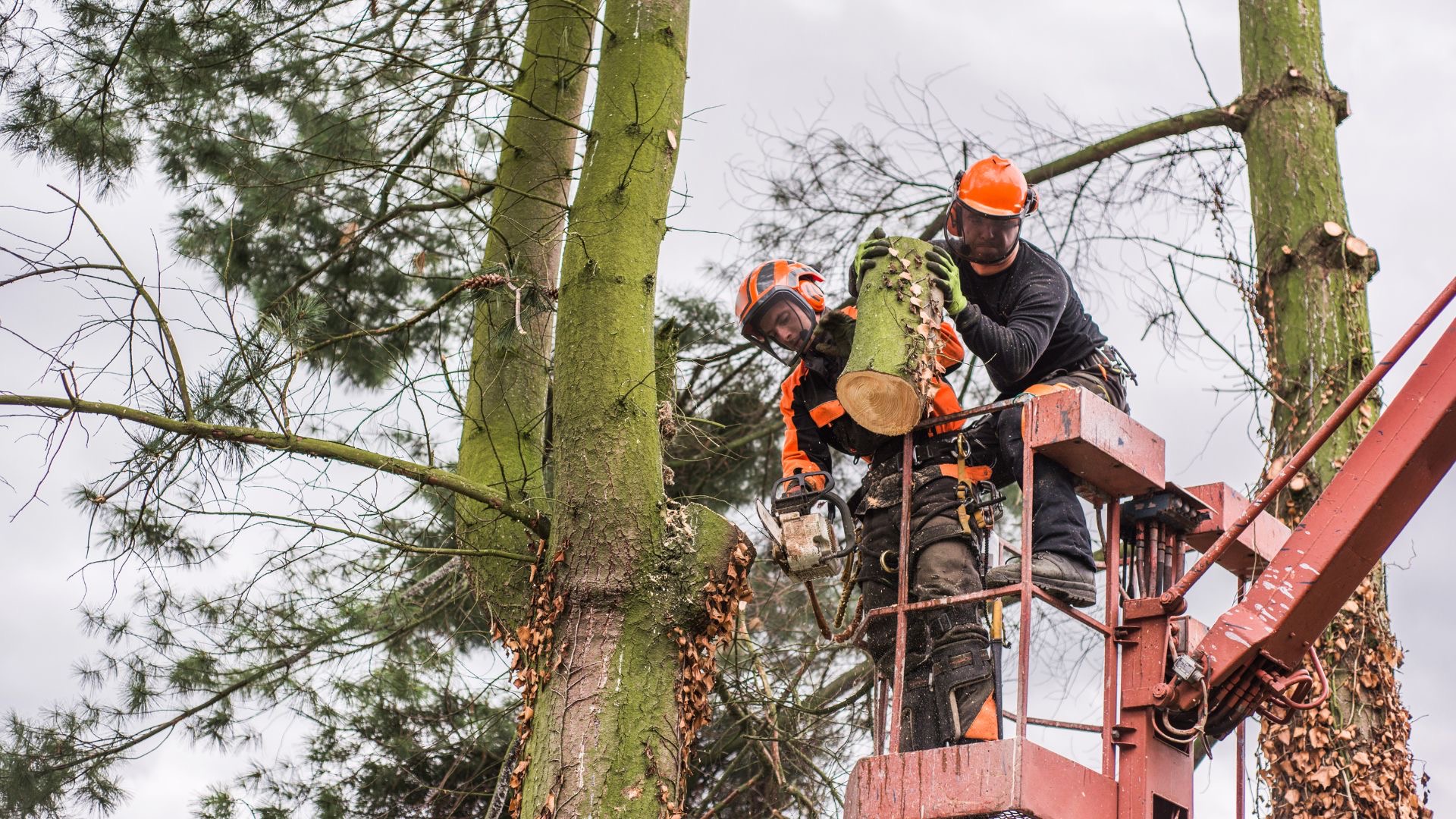
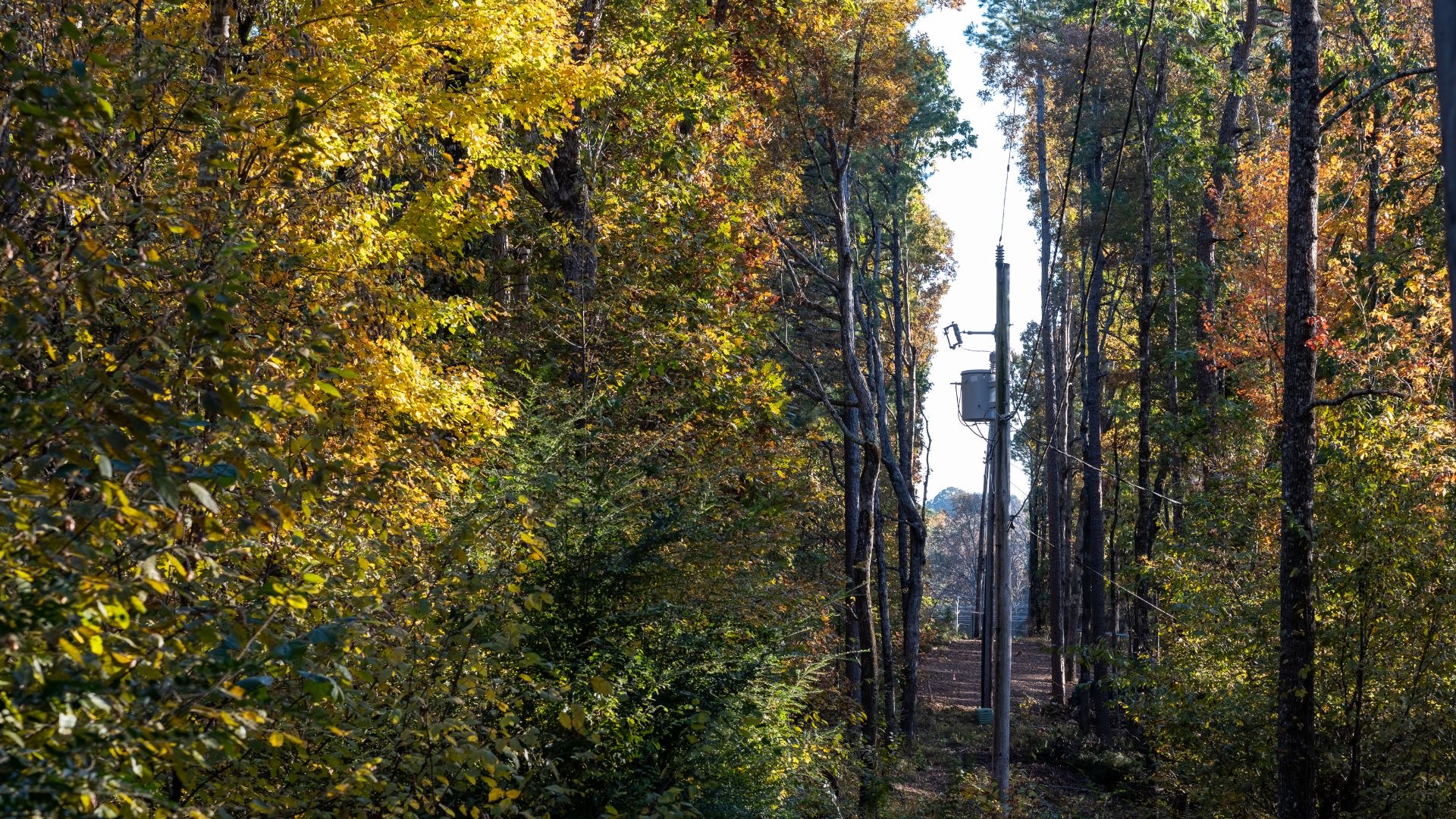
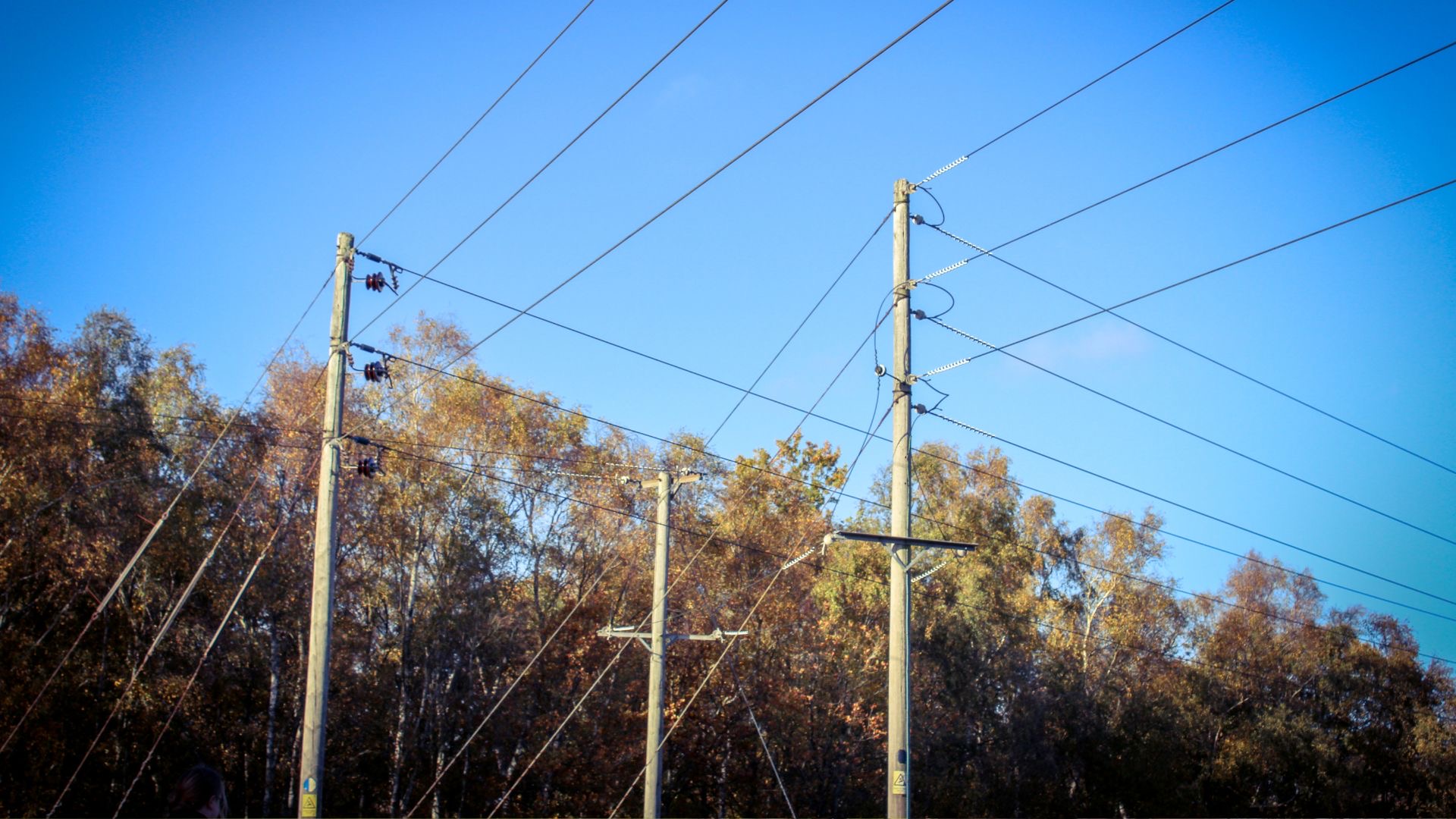

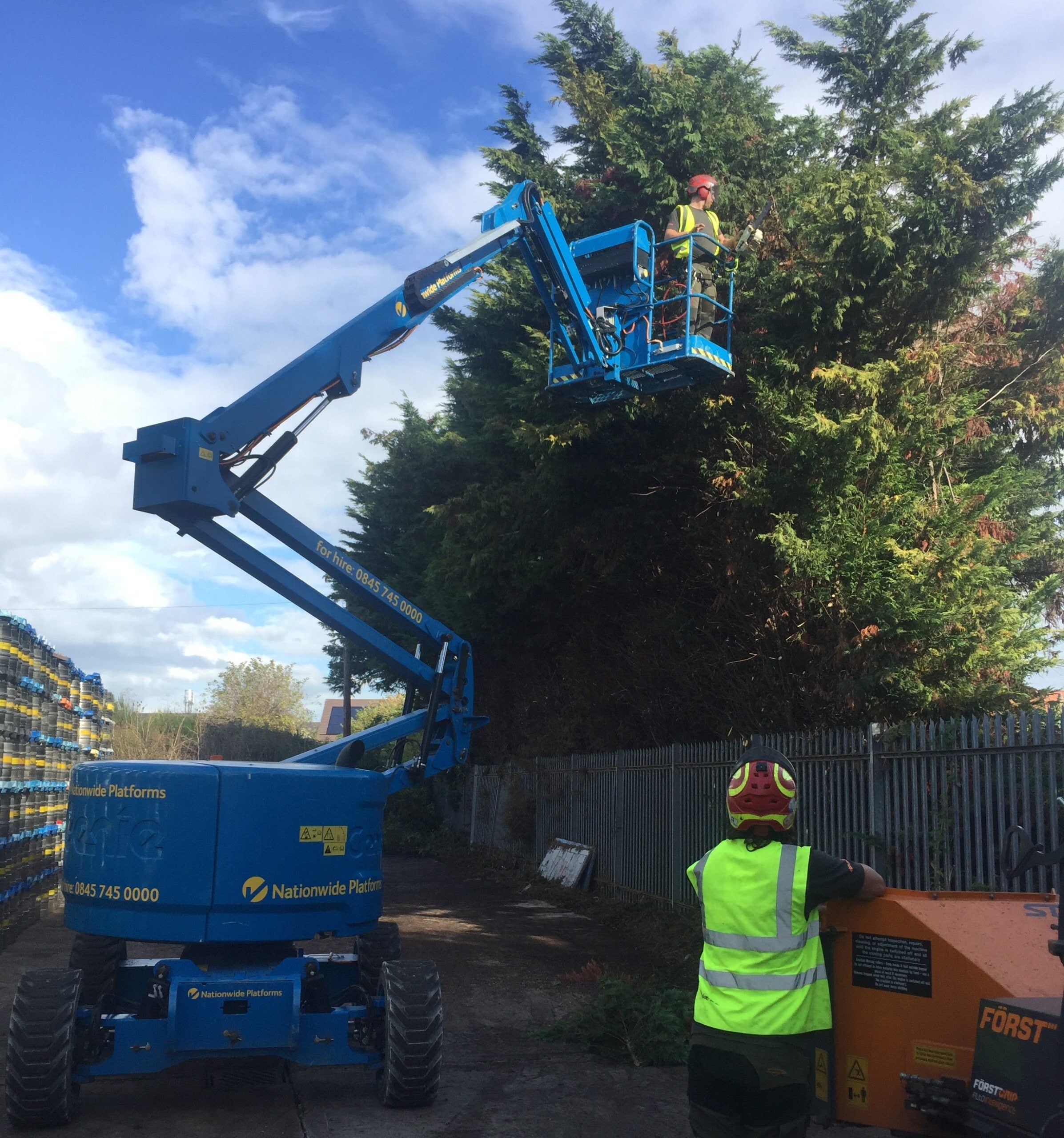
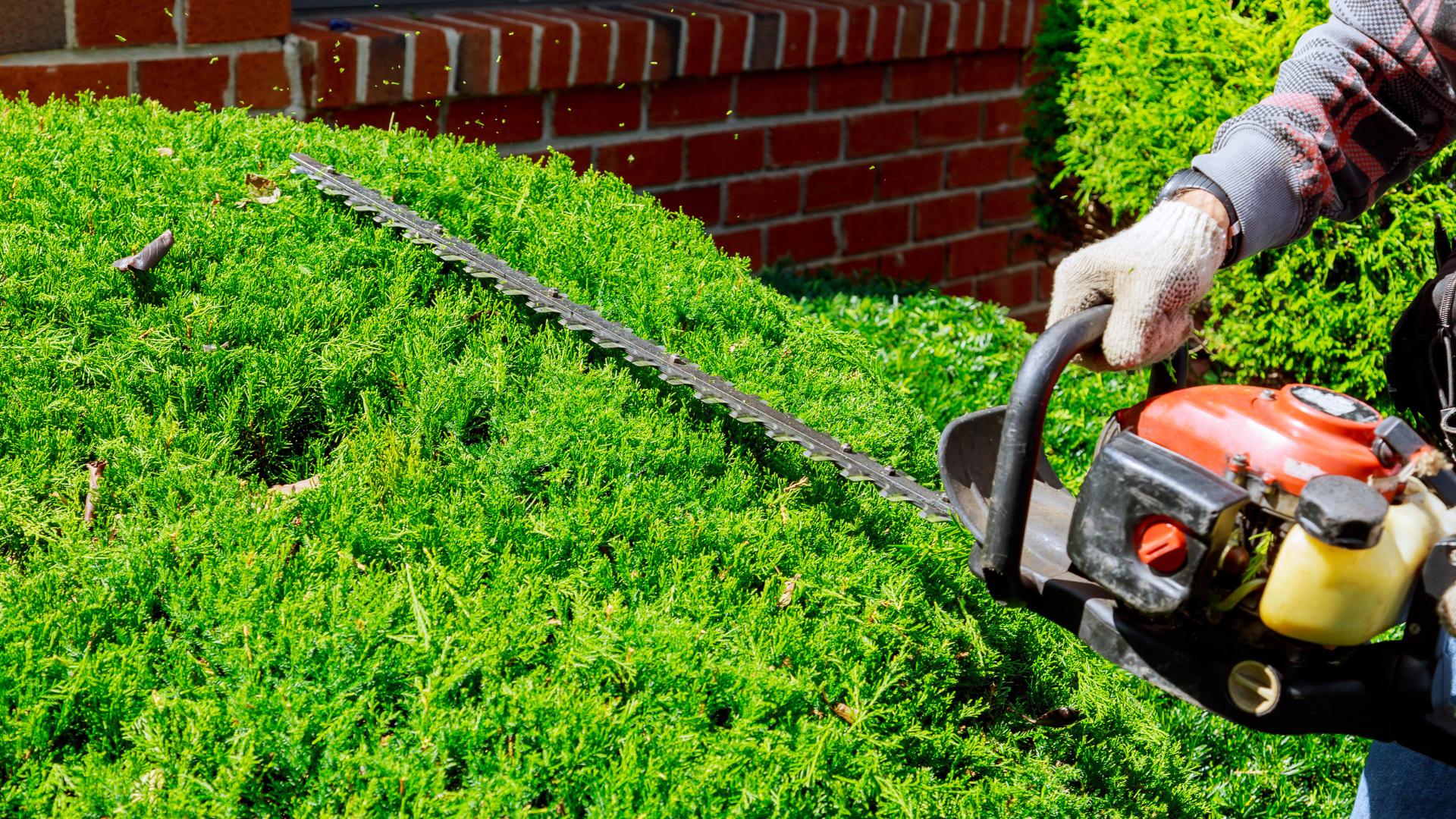


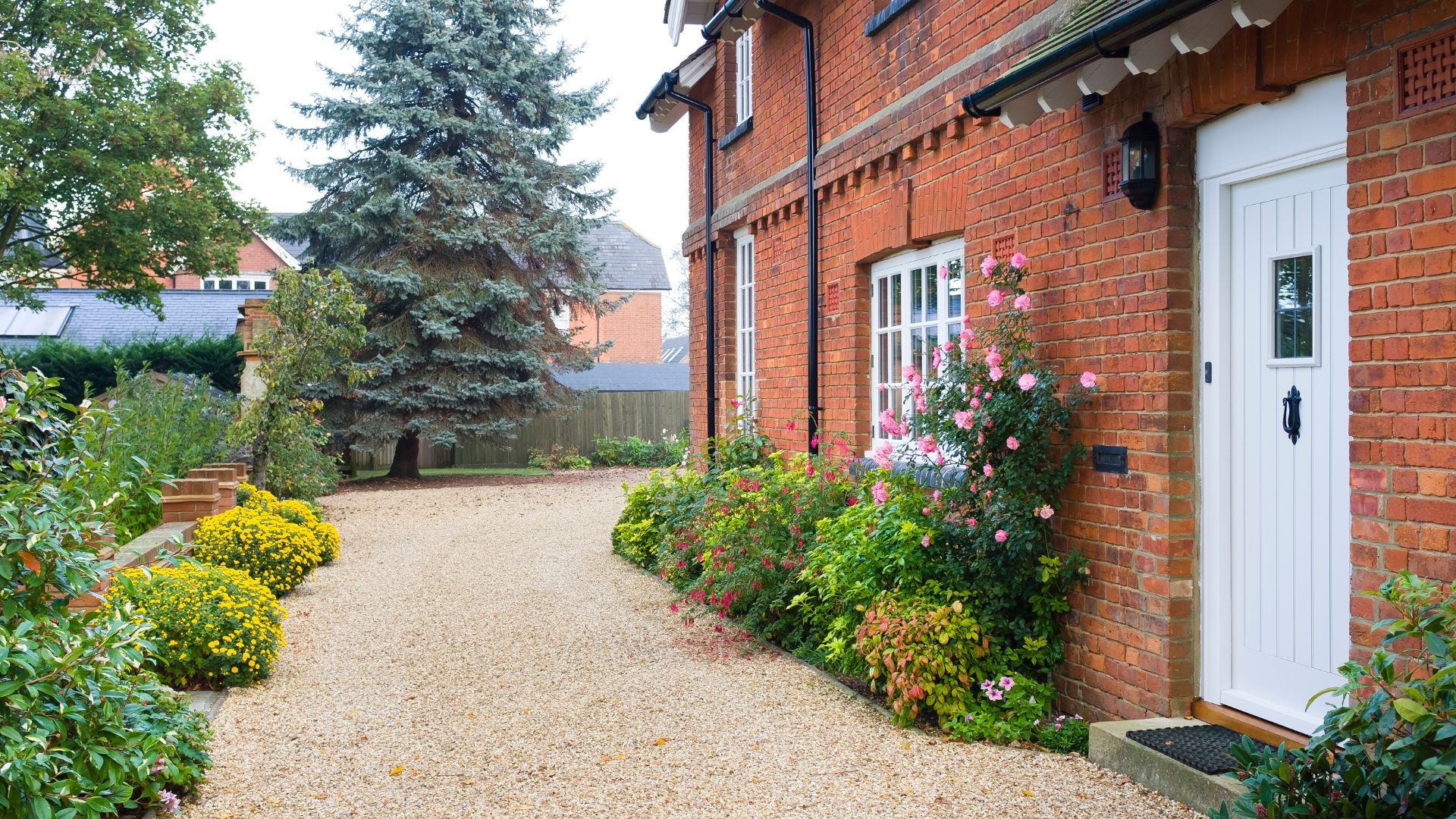

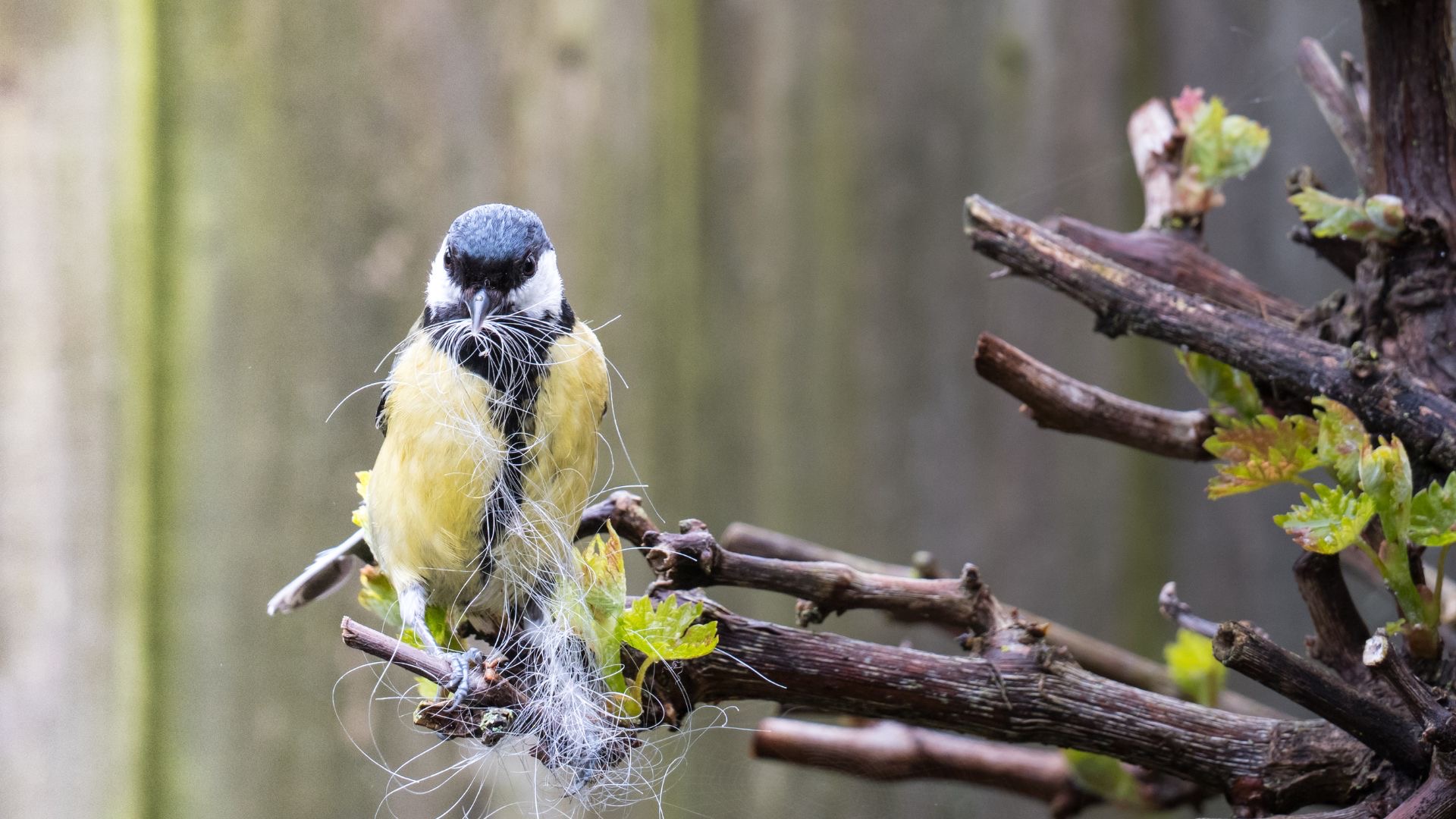
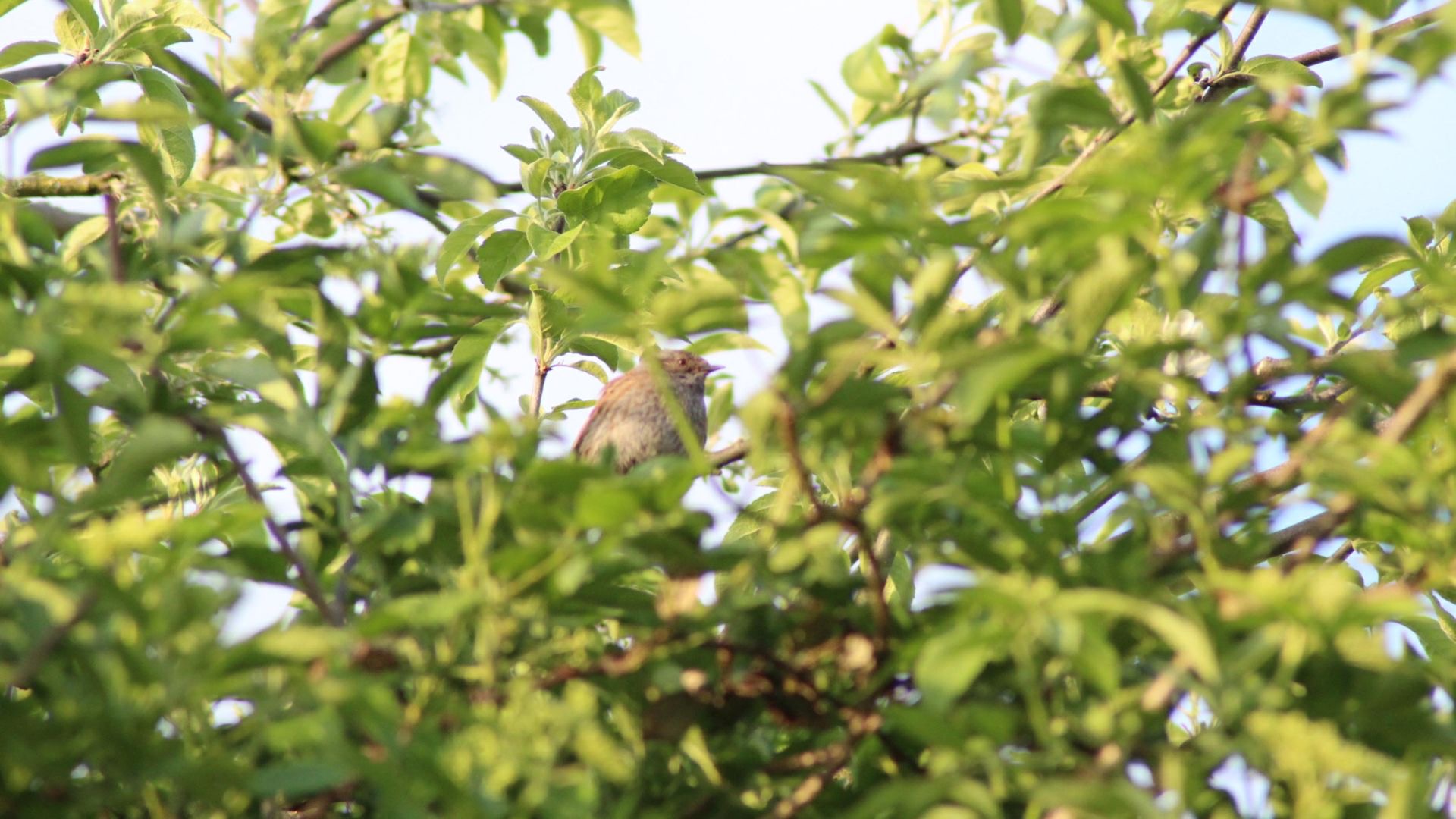
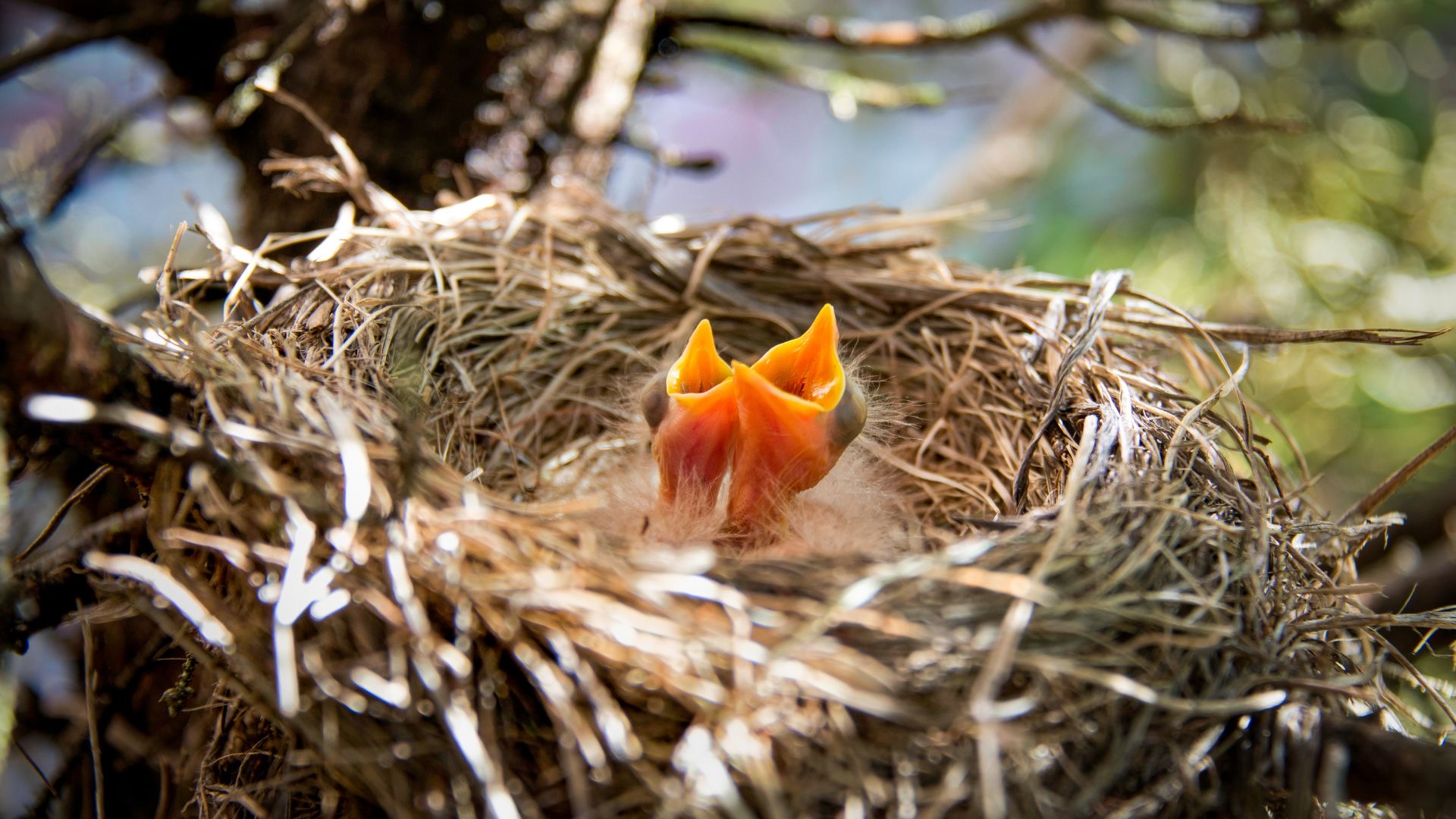
![Who is Responsible for Cutting an Overhanging Tree in the UK? [Understanding the Legalities and Your Rights]](https://abouttrees.co.uk/wp-content/uploads/2024/05/About-Trees-Overhanging-Tree-Neighbour-Garden-Tree-Surgeon-Kent.jpg)
